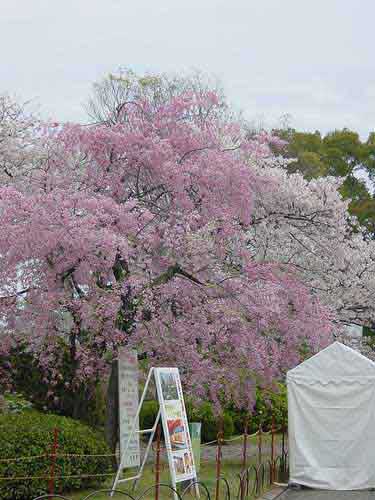The Food of Kings
It is such a shame when people visit a new country and stick to the same old food that they usually eat back at home. It is impossible to understand a country's culture if the food is never tried. Besides being very different to western food, Japanese food is nutritious and shouldn't be missed out on.
Different regions of Japan specialise in different dishes, but in general it is very varied across the country. The typical dishes include sushi, rice balls, donburi, curry and various seafood dishes.
The Shabu Shabu is a very interesting dish, which involves dipping small pieces of meat, seafood and vegetables in a hot soup, which cooks them, and then in a sauce directly before eating it. Similarly the Chanko Nabe is an unusual dish that is traditionally eaten by Sumo Wrestlers.
It is important to be aware of the manners and traditions used when eating out or as a guest at someone's house in Japan. Learn the Japanese phrases to say at dinner time. These are not complex, but involve more than a simple please and thank you. If a sharing dish has been served then use the thicker end of the chopsticks to serve a helping and place it on your own dish. It is also important to learn how to use the chopsticks properly, so that no food is flicked across the room by accident. Many things that are considered bad manners in western society are also unpopular in Japan, such as talking about toilet related issues, blowing your nose or burping. Slurping food, however, is considered to be a compliment to the chef and a sign that you are enjoying the food.
In most restaurants if it is a simple gathering of friends and family then drinking and eating is a relaxed affair. However if it is an expensive restaurant, or a meal in someone's home then these traditions and table manners are very important, so try to memorise them and be on best behaviour. People across the world understand that every country has different cultures and ways of doing things, but learning the table manners of the country you are visiting is a good way of showing respect.




